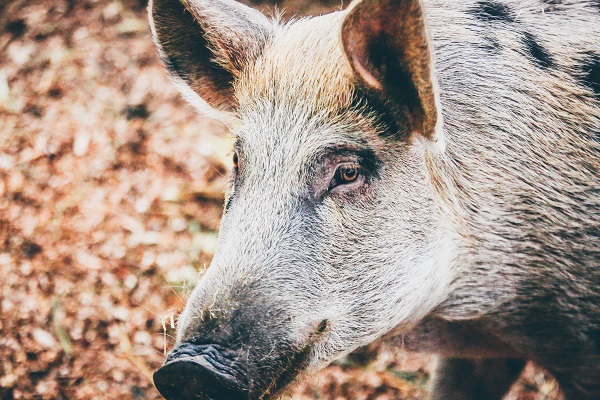
Pat Thomson reworks the laundry list lit review in her new blog post and asks who’s hogging the limelight? How can supervisors support students to find some space for themselves in their lit reviews? Here are some lit review disrupters that might scare off the hogs!
- First of all comes the shocking (to some) revelation that a lit review section/chapter is not compulsory. For eg. Prof Catherine Beavis worked her analysis of the literature into her thesis as a whole. Suddenly the concept of a necessary, chunky, listy thing is less tenable! If it doesn’t have to be like that, what other form can it take?
- Secondly comes the idea that the “lit” review might contain the voices of others, especially those defined as “subjects” or “participants” (St Pierre, 2009), or those in the media. Multiple voices challenge received and traditional notions of how things can and should be defined. What about the concept of a “discourse review” instead, that cuts across hierarchies, and highlights the selective nature of any “review”? What about a lit review that includes the “voices” of non-human bodies, for the posthumanist thesis?
- Separating off the words of the gods (academics, philosophers etc.) from the words of the mortals ie. subjects who provide “brute data waiting to be coded” (St Pierre & Jackson, 2016) is problematic. How does this sit with your students’ ontological and epistemological understandings? A lit review needs to have integrity as part of a consistent and carefully theorised approach, not as a positivist throw-back inserted willynilly into every thesis.
- Ask students the question, re each reference cited: “what are you thinking with this theory?”(Jackson & Mazzei, 2012). This encourages students to perform as rhetors, shaping the language and argument of the literature review to serve their own acknowledged interests (Kress, 2010) rather than as acting as purported mirrors of the field. What is the original argument that is being advanced in each paragraph?
- How about challenging the visually dominant concept of “re-viewing” itself? Or putting it to work to pull multiple meanings made of any text into play? How does the humanist figure “viewing” and mastering the field work with the theory invoked?
- Show students some examples of creative approaches to literature reviews, as play scripts or drawn multimodal maps. Or share this article: “Literature review as creative inquiry: Reframing scholarship as a creative process” (Montuori, 2005).
A literature review should be a really fun thing to shape, that makes a particular, motivated kind of sense of what is out there. It is a creative endeavour, like every aspect of a thesis, whether we pretend otherwise or not. Literature reviews are productive, not (just) reproductive work. Tell that to the hogs!
References
Jackson, A., & Mazzei, L. (2012). Thinking with theory in qualitative research. New York: Routledge.
Kress, G. (2010). Multimodality: A Social Semiotic Approach to Contemporary Communication. London: Routledge.
Montuori, A. (2005). Literature review as creative inquiry: Reframing scholarship as a creative process. Journal of Transformative Education, 3(4), 374-393.
St Pierre, E. A. (2009). Afterword: Decentering Voice in Qualitative Inquiry. In A. Jackson & L. Mazzei (Eds.), Voice in Qualitative Inquiry : Challenging Conventional, Interpretive, and Critical Conceptions in Qualitative Research, (pp. 221-236). London, UK: Routledge.
St Pierre, E. A., & Jackson, A. Y. (2016). Qualitative data analysis after coding. Qualitative Inquiry, 20(6), 715-719.
Thomson, P. (2017). Avoiding the laundry list lit review. Retrieved from https://patthomson.net/2017/09/11/avoiding-the-laundry-list-literature-review/